#victorian patterns
Text

aristokitty
#dunmeshi#dungeon meshi#delicious in dungeon#izutsumi#she was so cute in the chapter where she got tamed...#couldnt fight the urge in drawing her like a victorian era display pet#wanted to draw it in a more realistic coloring but#got too tired from drawing the pattern on the dress
1K notes
·
View notes
Text

1895
#historical fashion#fashion#historical#history#historical clothing#historical dress#long dress#victorian#victorian era#victorian fashion#victorian pattern#victorian clothing#victorian history#victorian dress#textile#textiles#art#artwork#fashion plate#fashion dress#1800s dress#late 1800s#1800s fashion#1800s#circa 1895#19th century fashion#late 19th century#19th century#1895 sleeves#dress
2K notes
·
View notes
Text

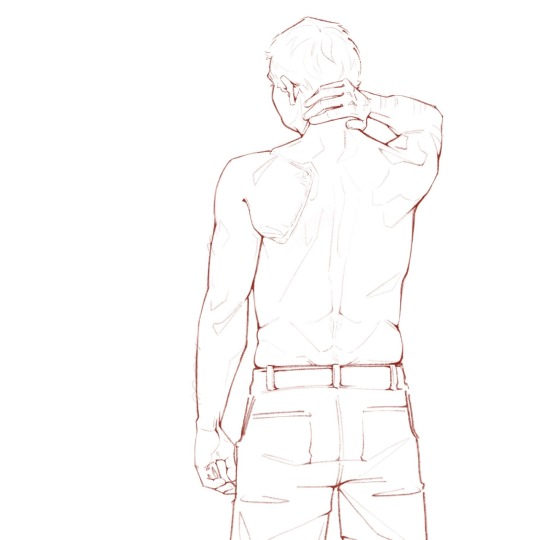
various personal references for funzies!
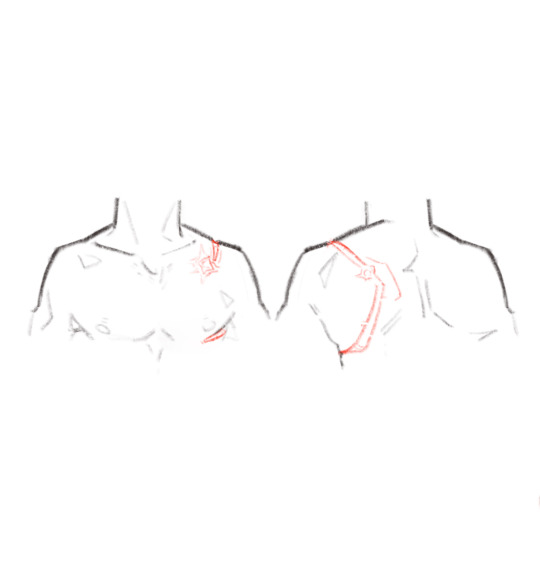
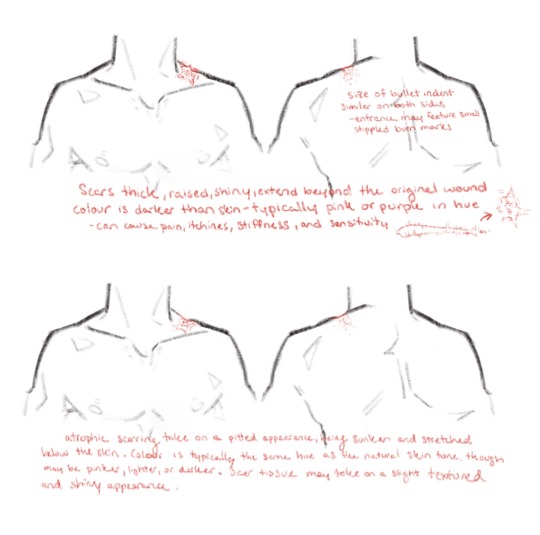
mockups refs for various war wound circumstances ^^
#do not look to these if you want accuracy!#i did my research and took my own creative liberties when illustrating the scarring patterns#analyzing john watson’s scars as an excuse to practice anatomy has been my best friend lately#not strictly brett and burke/hardwicke but they will always influence my victorian designs!#also used peter cushing!holmes as a reference this time around as an experiment:D#enough yapping sorry!!!#my art#the @ is my insta#didn’t include @s in some of these so just don’t use or steal you know the drill#art#fanart#fanartist#sherlock holmes#john watson#sherlock#johnlock#bbc sherlock#acd holmes#acd#victorian holmes#watsholmes#gen#martin freeman#sherlock fanart#sherlock holmes fanart#granada holmes#granada#scars#scar#scarring
190 notes
·
View notes
Text
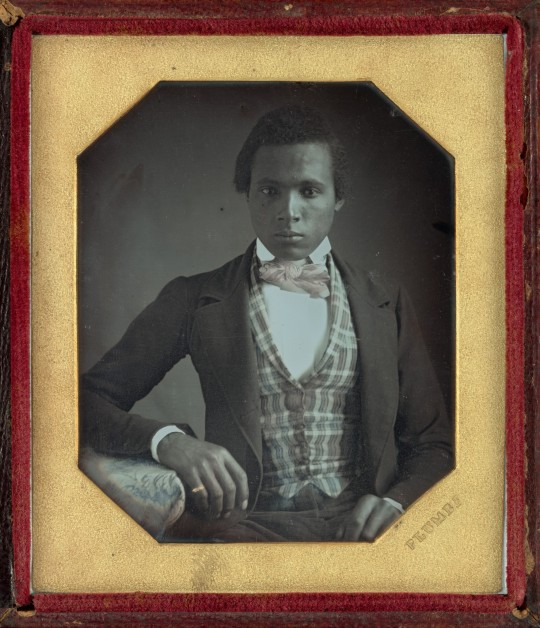
Portrait of a man c. 1850 by photographer John Plumbe Jr.
#1850s#fashion history#bijouterie#black history#fashion#early victorian era#neckwear#not really miwackulous but there is a lot of plaid and patterns going on#historical men's fashion
75 notes
·
View notes
Text

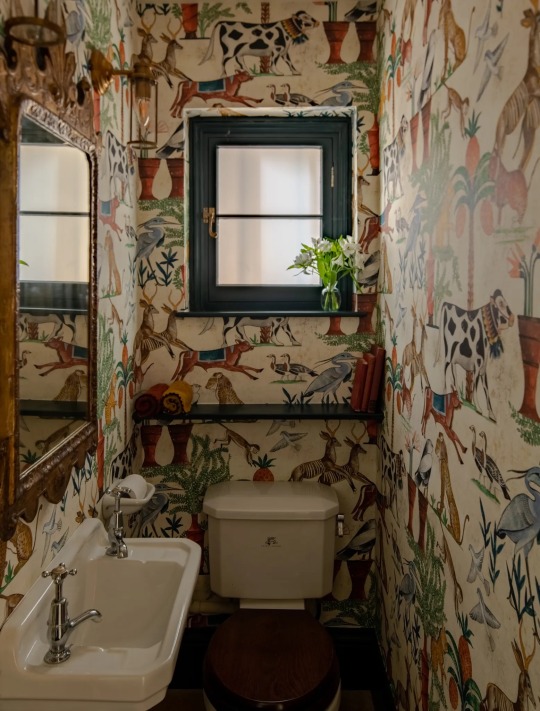


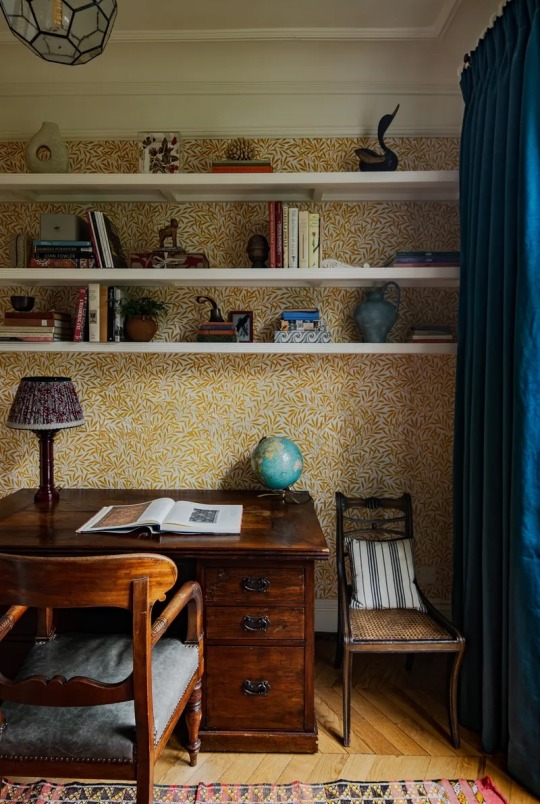




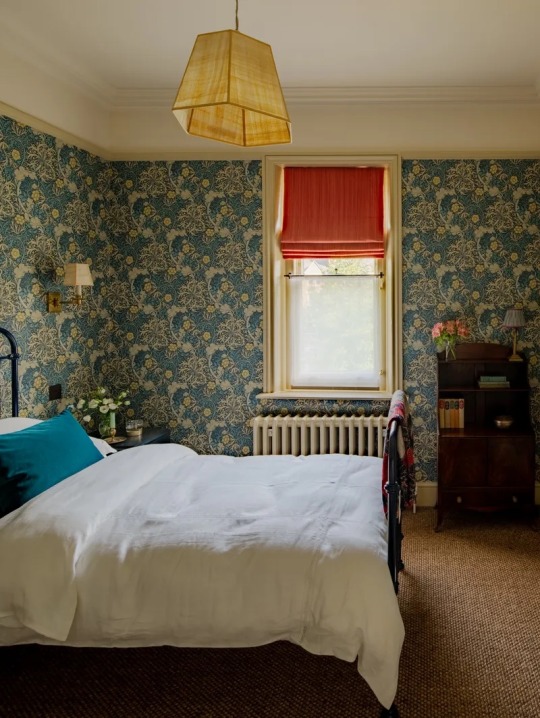
#Charlotte Boundy#door#victorian interior design#victorian home#living room#interior design#interior#bedroom#bathroom#study#vintage wallpaper#pattern wallpaper#patterns#doorway#entry#entryway
140 notes
·
View notes
Text

My first ever victorian outfit is DONE! I made all these things!!
#adventures in sewing#arts n crafts#the skirt and jacket are both made from 1895 patterns#the shawl is from an 1860s pattern#everything else is improvised lmao#i also have a stripey button up shirt and another petticoat#i'll get someone to take good pictures in daylight this weekend#so people can finally see my outfit is blue and not black lmao#anyway all of my clothes have massive flaws#but for a first ever victorian set (where i used actual patterns!) and after just one year of sewing#and i did a lot of this by hand and often while sick too#so i'm happy (or at least trying to convince myself i'm happy)
129 notes
·
View notes
Text
Kolya Narukhin 1815 Lookbook

A little lookbook for our founder, a young Russian nobleman whose career in the military recently came to an end. He dresses quite casually, but still fashionably.
CC used under the cut.
Genetics: eyes / blush / feet
Casual: hair / outfit
Going Out: hat / suit / boots
Formal: uniform / gloves (Base Game) / stockings (Base Game) / shoes
Riding: gloves (Horse Ranch) / boots
Sleepwear: nightshirt
Morning Robe: robe / boots (Vampires)
Uniform: uniform
Cold Weather: outfit
huge thanks to the cc creators!
@qrqr19 @peebsplays @simmerofthedawn @happylifesims @waxesnostalgic @vintagesimstress
#sim: nikolai dmitriyevich narukhin#narukhin extras#narukhin lookbooks#the narukhin legacy#ts4 historical#narukhin gen 1#sims 4 legacy#ts4 1810s#ts4 legacy#sims 4 historical#sims 4#simblr#ts4 lookbook#yes the background is that print that i love using in my cc. it's literally called “victorian wallpaper” or something and it's so cute#and it's a clipstudio asset! which means i can do whatever i want with it! i love clipstudio it's so good#pretty much all my patterns are clipstudio assets#also kolya's casual hot weather and cold weather outfits all have a theme in common. a theme which tells you a bit about him
140 notes
·
View notes
Text
somewhere in the late 2010s design based industries really said "fuck you" to patterned clothing or objects beyond the most generic dots or stripes, and even then they've way toned it down. and we are so much worse for it
#even ye olden days had fun patterns#have you seen like and old OLD kimono? or a victorian dress. how about regency era? sure it was for the wealthy but we have had the power#even in recent history for that to be available to everyone and we REJECTED it. i hate it here#mine
103 notes
·
View notes
Text






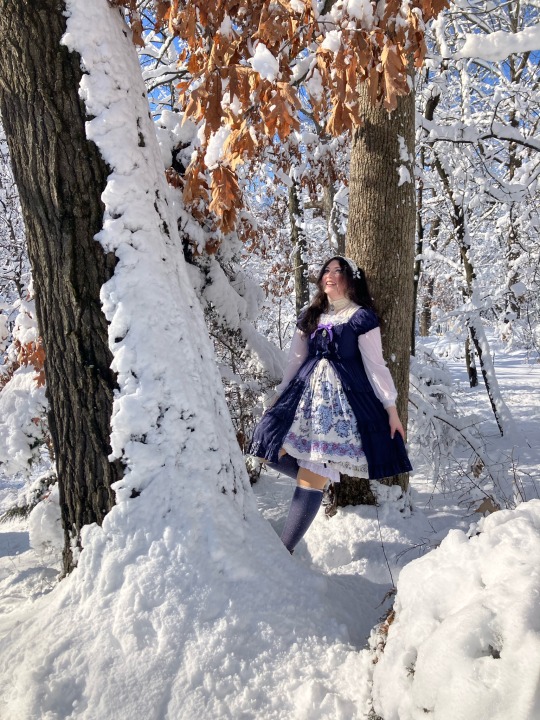
winter wonderland ❄️
OP: Victorian Maiden
JSK: Alice and the Pirates
Blouse: Gunne Sax
Headdress: Innocent World
Bow scarf: Liz Lisa
Socks: offbrand
My parents’ backyard was just magical when I visited them earlier this month, and we had a warm and sunny day so I had to take photos! I’m laughing in the last one because snow kept falling on me from the trees haha.
#lolita fashion#egl fashion#victorian maiden#innocent world#classic lolita#egl community#mine#the skirt peeking out in some pics is also IW#was just using that for volume lol I didn’t bring a petti#the bloomers are melikestea and the shawl is my mom’s orenburg lace shawl#really want to knit one myself I have some brown lace weight wool yarn stashed but just haven’t gotten to it yet#like using an Orenburg lace pattern I know I don’t have the correct wool technically but idc
47 notes
·
View notes
Text
Reading an old knitting pattern, and one of the abbreviations was "n."
From context I was pretty sure it was a decrease, but to be certain I looked it up.
It is, in fact, the same thing as "knit two together," and the book uses both of these.
The "n" stands for "narrow."
#oh you funky victorians#if you couldn't figure out what “n” means in your antique pattern try decreasing I guess?#1890s#knitting
31 notes
·
View notes
Text

Source
#sitting room#dark and moody#gothic#victorian#patterned walls#ceilings#purple tag#daybed#fireplace#maximalism#home decor#interior design
20 notes
·
View notes
Text
You may remember me putting out a graded version of this same pattern months ago. However, I actually pulled it when someone bought it and told me that the grading was so messed up that it shouldn't be offered for sale, and then I never got around to fixing it because I don't know what I'm doing in the grading arena and I doubt I ever will, without the time and energy to do extensive mockups myself.
I've decided that it makes the most sense for me to simply make gridded patterns à la Janet Arnold and sell them for significantly less than graded ones, since they represent less time on my part and more difficulty on the users', if they want to turn them into actual clothing. They can also be used for research purposes much more readily than the graded patterns.
So you can certainly look out for more of these in the future!
62 notes
·
View notes
Text

1890-1901
#historical fashion#historical#fashion#history#historical clothing#historical dress#long dress#victorian#victorian era#textiles#victorian fashion#victorian pattern#victorian history#victorian clothing#victorian dress#late 19th century#19th century#1800s fashion
429 notes
·
View notes
Text

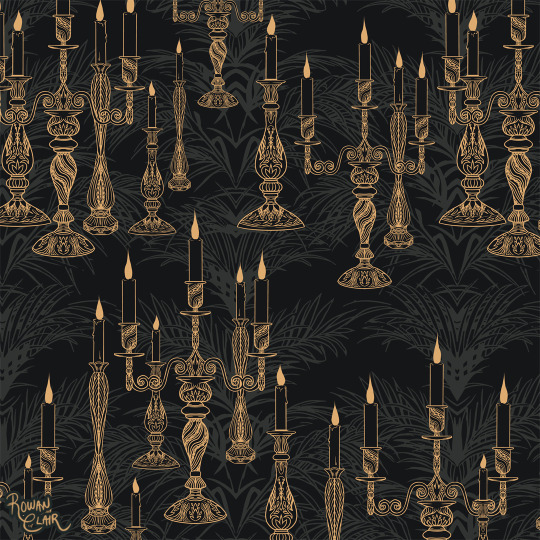

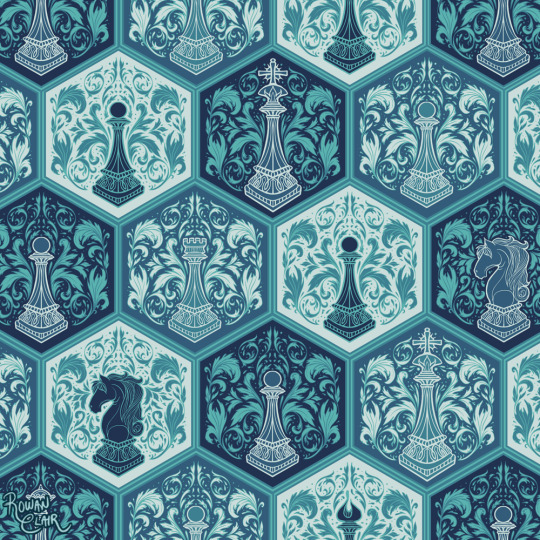

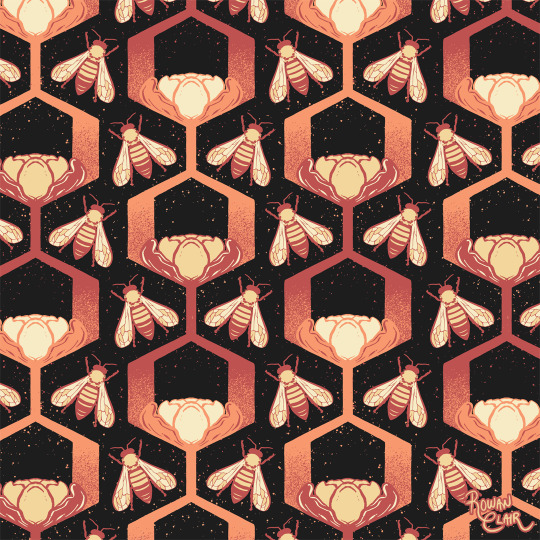
Spoonflower shop update! These designs are newly available to buy, as are a bunch of others, plus some new colour & scale variations... Take a look? spoonflower.com/profiles/rowanclair
#illustration#surface pattern design#victorian wallpaper#rose#candlesticks#chess#dragonfruit#snails#bees
43 notes
·
View notes
Photo
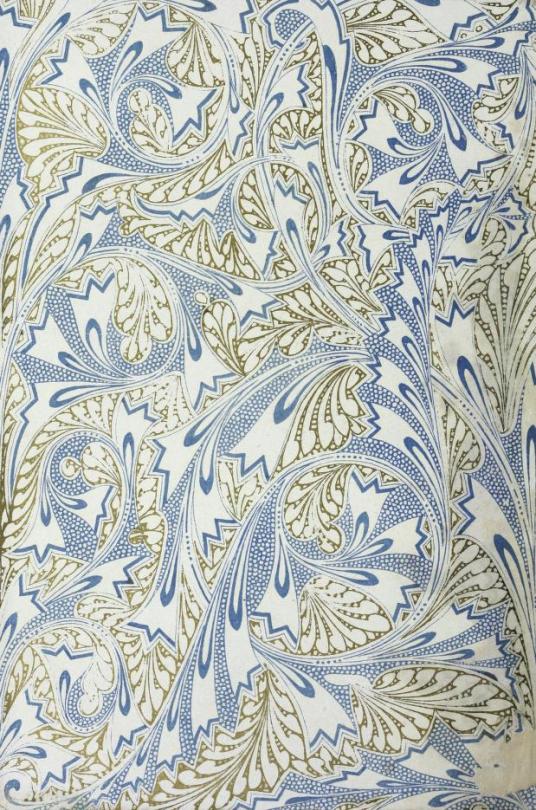
Decorative endpaper (1849) taken from ‘The Song of Songs’ illustrated by Owen Jones.
Published by Longman.
Getty Research Institute.
archive.org
69 notes
·
View notes
Text
Part 6 of A Treatise of Embroidery, crochet, and knitting with illustrations
By George C. Perkins, Anna Grayson Ford, and M. Heminway & Sons Silk co circa 1899.


Please note, this book was written in 1899, and as such uses a racist term to refer to the dyes that were used for the thread. If you'd like to read more about this period in time, the term, and the stereotypes that the Victorians had, I've actually linked the wikipedia article here that goes more in depth. It's not the end all be all of it, but it's a good starting place for anyone wanting to educate themselves on the topic.
Since the alt text was too long to fit in the actual pop up, I'm writing it down here!
Page 29.
Lessons In Embroidery.
This page has the pattern for the strawberry and blossoms embroidery on it. It resembles a paint by numbers/letters image with a table showing the corresponding colours. I will try my best to explain the image, but first the colour charts.
Berries-Ripe.
Red:
655 shade number 1, 655 shade number 2, 656 shade number 3, 657 shade number 4, 658 shade number 5, 659 shade number 6, 660 shade number 7, 661 shade number 8.
Blossoms:
691 shade number 9.
Centre:
647 shade number 10, 409 1/2 shade number 11, 410 shade number 12.
Unripe Berries:
682 shade number 13, 683 shade number 14, 684 shade number 15.
Leaves and Stems.
Green:
0428 shade letter A, 428 shade letter B, 429 Shade letter C, 429 1/2 shade letter D, 430 shade letter E, 431 Shade letter F, 372 shade letter K, 373 shade letter M.
Brown:
300 shade letter O, 301 Shade letter R.
Strawberry Design.
Materials. — M. Heminway & Sons' Oriental Dyes, Japan and Spanish Floss.
Berries. — Ripe and unripe; Red — "Sharpless variety" — 0655, 655, 656, 657, 658, 659, 660, 661. Unripe — 0655, 655, 656, 682, 683, 684. Blossoms.— 691, 682, 683, 0655. Centres. — 647, 409 1/2, 410. Leaves. — 0428, 428, 429, 429 1/2, 430, 431 ; or 370, 371, 372, 373, 374, 300, 301. Scallop. — 581 or 691. —Spanish Floss.
Design No. 153 — Strawberry. 18 inch. See Colored Plate C1.
Description.— Fill in berry crosswise, shortstitch on the wrong side, not much filling. For filling to raise the berry use M. Heminway & Sons' white Persian Floss. Start at the point of berry with two strands of red, 655, shading with one strand as dark red as 661. For an unripe berry start with light green, 682 and 683, shading into the green the light pink, 655, making the berry as ripe in color as 660. The seeds on the red berries put on with small stitches, gold, 409 1/2. On those that are not ripe use green, 428.
Blossoms. — White, 691, shadow of green, 682 on lower petals, touching a few of the new blossoms with light pink, 0655; pollen of 647, 409 1/2, 410.
Leaves. — On the outer edge of the leaf use two strands, shading toward centre with one, use a little brown, 300 and 301, for faded part of leaf.
Scallop. — Button-hole stitch in pink, 581, Spanish Floss, or 691, with an outline above scallop of one strand filo, 310.
Now I will describe the first illustration which shows the embroidery by letters/numbers diagram. I will be describing the image from the bottom to top as the spray of strawberries and blossoms flow in a diagonal from the bottom left to the upper right.
We start with two parallel, diagonal stems that branch off in multiple directions to hold the entirety of the design. The two stems are done in shade letters D and E. The rightmost stem slips under two leaves, forking into a third tendril, before the left fork curves gracefully to the right and ending in a strawberry. The right fork goes downwards and forms the triple fork from where the three large strawberry leaves all come from in this piece. An upper one, a bottom one, and one off to the right that is slightly twisted so the underside of the leaf tip is visible.
Shade letters for the bottommost leaf, from base to tip, left to right. Starting at the top where the base joins the stem:
1st row: E, O, R.
2nd row: E.
3rd row: F, C.
4th row: D, E, E, D.
5th row: B, D, C.
leaf tip: C.
For the twisted leaf at the right of the previous:
1st Row: C, D, C.
2nd Row: D, E, C.
3rd Row: C, D.
4th Row: E, D, B.
5th Row: F.
Leaf tip: A.
For the Upper Leaf:
1st Row: D, E.
2nd Row: C.
3rd Row: B, D, E, D.
4th Row: D, C, D, C, D.
5th Row: A, B.
6th row: A, R.
Leaf tip: A.
Back at the beginning, where the stems are parallel, the leftmost stem forks before the two separate bits slip under the upper large leaf that we described earlier. The right fork curves up and to the left into a strawberry while the left fork curves up behind it. It would seem a second strawberry also emerges from a stem coming from behind the same leaf, although it does not show a fork. This berry sits just under the other.
Higher Strawberry:
1st Row: 4, 6.
2nd Row: 3, 2, 5, 3, 3.
3rd Row: 2, 15, 4, 8, 3.
4th Row: 14, 2.
Strawberry Tip: 13.
Lower Strawberry:
1st Row: 8.
2nd Row: 5, 6, 7, 5.
3rd Row: 4, 4, 5, 4.
4th Row: 2, 2, 2, 2.
5th row: 1, 1, 1.
Only two of the little strawberry leaf tops have any kind of letter indication, all of them combinations of C, D, and B, so your guess is as good as mine.
Emerging from the top strawberry is another series of three stems, two of which appear to have forked somewhere behind the berry unseen. The left stem goes up and then promptly forks before slipping under a fully bloomed strawberry blossom, and then emerging from the top with a single leaf gracing the end. Somewhere behind the flower another tendril has forked off this one and goes up to end in a tiny blossom not yet bloomed. Next to that is the stem that will be described in a few paragraphs, and then another stem leading to a small blossom, that is also not fully bloomed.
Big Blossom:
This has 5 petals in total, and all the petals are tipped in shade number 9, and all excepting the leftmost petal gradiate to shade number 13. The leftmost petal gradiates to shade number 14, and then the center is shade number 10.
Small Blossom:
9 at the tip, 13 at the base, there are 3 petals showing.
Tiny Blossom:
same, 9 tip, 13 base, also 3 petals showing.
Back to under the blossom, the right stem from the original fork leads up to an elegant waving stem that branches off into several tendrils mostly decorated with a pair of leaves each.
The left tendril from that fork extends up a ways, waving a bit and is done in shade letter B, and then forks one last time culminating in a pair of tiny leaves on the right fork and a waving tendril on the left that finishes in shade letter A.
Leaf 1:
Base E, Tip D.
Leaf 2:
Base C, Tip B.
The right tendril from the fork that leads into the last also immediately forks again ending in a pair of tiny leaves coming from each tendril.
From lowest leaf to highest, base to tip:
Leaf 1 right tendril: E.
Leaf 2 right tendril: D, C.
Leaf 3 Left Tendril: D, E.
Leaf 4 Left tendril: C, B.
all the tiny leaves leaves save one are done in two colours, one for the base and one for the tip. So wherever you decide to put a tiny leaf, you can keep the colour schemes in mind.
There is an image at the bottom captioned Design No 153- Strawberry. 18 inch. See Coloured Plate C1.
This has what appears to be a doily with an embroidered scalloped edge and the large strawberry image placed at the top and bottom of the doily, flowing with the circular edge. There is a small smattering of petals coming off of an extra pair of fallen blossoms that were added to one edge, and a small detached strawberry on the other.
All in all, thank you for your patience while I try to get these out. If anyone has any suggestions to make these easier to understand, my inbox is always open.
I will be posting another pair of images sometime this week!
42 notes
·
View notes